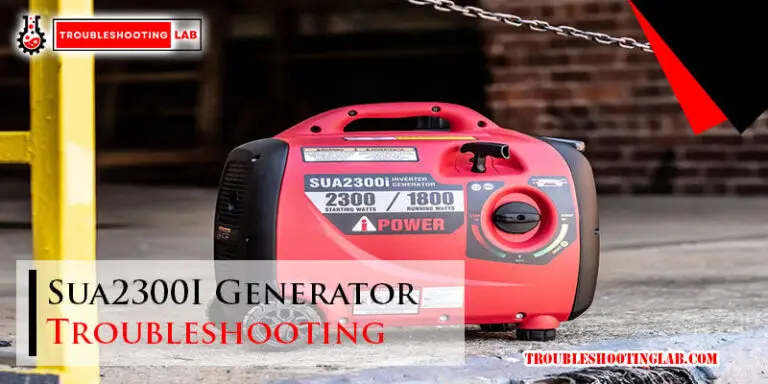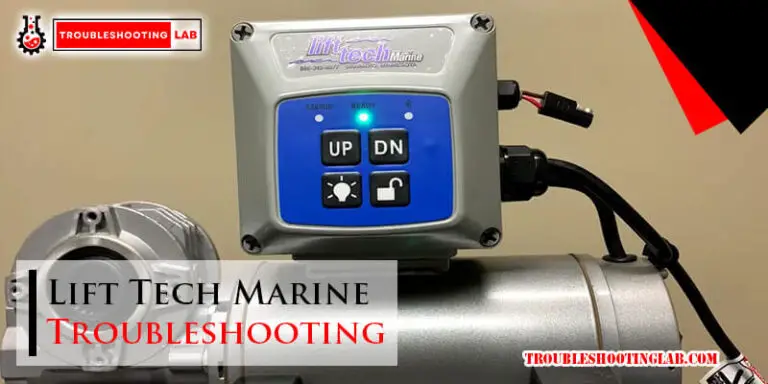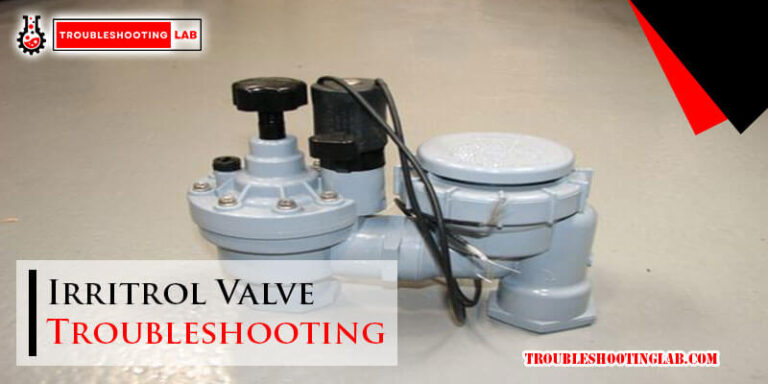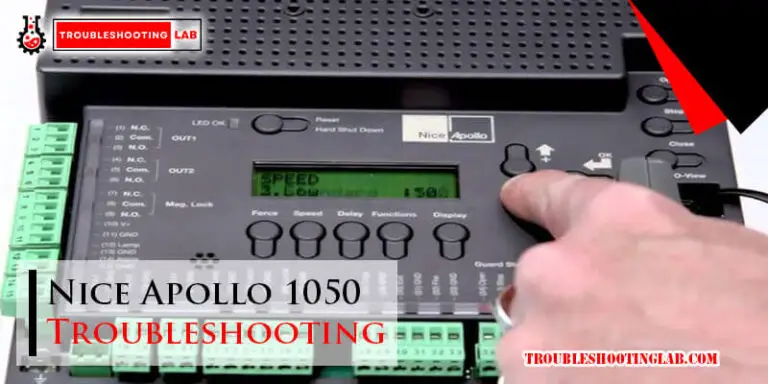Kenmore Water Softener Troubleshooting: Expert Tips and Solutions
Kenmore water softeners are reliable, but they can face issues. Troubleshooting common problems can save you time and money.
Water softeners keep your water clean and free of hard minerals. But, like any appliance, they can sometimes malfunction. If your Kenmore water softener isn’t working properly, don’t worry. There are simple steps you can take to fix it. Understanding these steps can help you get your softener back to normal.
This blog post will guide you through common troubleshooting tips. You’ll learn how to identify issues and perform basic repairs. Let’s dive into the essential tips to keep your Kenmore water softener running smoothly.
Common Issues
Kenmore water softeners are reliable, but sometimes issues arise. Understanding common problems helps in troubleshooting. Here, we discuss two main issues: salt bridges and resin bead problems.
Salt Bridges
A salt bridge is a hard crust in the brine tank. It prevents the salt from dissolving in water. This leads to poor softening performance. To check for a salt bridge:
- Turn off the water softener.
- Remove the lid of the brine tank.
- Use a broom handle to gently tap the salt. Listen for a hollow sound.
If you find a salt bridge, break it up with a broom handle. Be careful not to damage the tank. Regularly check your salt level to prevent future bridges. Use high-quality salt to reduce the risk of bridging.
Resin Bead Problems
Resin beads are crucial for softening water. Over time, these beads can wear out or become fouled. Signs of resin bead issues include:
- Water not softening properly.
- Resin beads in your water supply.
- Reduced water pressure.
To fix resin bead problems:
- Turn off the water softener and bypass the unit.
- Remove the valve assembly to access the resin tank.
- Inspect the resin beads for damage or fouling.
- Replace the resin beads if necessary.
Regular maintenance helps extend the life of your resin beads. Use a resin cleaner to keep them in good condition.

Credit: www.youtube.com
Diagnosing Problems
Kenmore water softeners are essential for maintaining clean, soft water in your home. Over time, you might face issues that need troubleshooting. Below, we focus on common problems like unusual noises and water quality issues.
Unusual Noises
If your Kenmore water softener makes strange sounds, it might indicate a problem. Start by identifying the type of noise.
- Grinding or Rattling: These sounds often point to a clogged valve or damaged rotor.
- Hissing or Whistling: This could mean high water pressure or a valve that isn’t sealing properly.
- Banging: A banging noise might be due to air trapped in the system or loose pipes.
Inspect the unit closely. Check for any loose parts or visible damage. Refer to the manual for specific instructions.
Water Quality Issues
Water quality issues are common in water softeners. These can often be traced to a few key areas.
| Problem | Possible Cause | Solution |
|---|---|---|
| Hard Water | Resin bed saturation | Clean or replace the resin bed |
| Salty Water | Brine tank overfilled | Adjust the salt dose |
| Cloudy Water | Dirty filter | Clean or replace the filter |
By checking these areas, you can often resolve water quality issues quickly. Keep an eye on the brine tank and resin bed. Regular maintenance is key to avoiding future problems.
Maintenance Tips
Keeping your Kenmore water softener in top shape requires regular maintenance. Adhering to simple maintenance tips ensures longevity and optimal performance. Let’s dive into the key areas that need attention.
Regular Cleaning
Regular cleaning of your Kenmore water softener is essential. This helps prevent buildup and ensures efficient operation. Follow these steps:
- Unplug the unit from the power source.
- Remove the salt tank lid and inspect for any salt bridges.
- Use a plastic utensil to break up any salt bridges.
- Remove any debris or dirt from the tank.
- Wipe down the tank with a damp cloth.
Clean the resin tank at least once a year. This prevents any buildup of iron or other minerals. Use a resin cleaner for best results.
Salt Level Monitoring
Monitoring the salt level in your Kenmore water softener is crucial. Low salt levels affect the unit’s ability to soften water. Follow these steps:
- Check the salt level every month.
- Ensure the salt level is at least half-full.
- Refill the tank with high-quality salt as needed.
- Do not overfill the tank.
Using the right type of salt is important. Pellet or nugget salt works best for Kenmore water softeners. This ensures efficient operation and prevents clogging.
| Task | Frequency |
|---|---|
| Check Salt Level | Monthly |
| Clean Resin Tank | Annually |
Credit: archive.org
Error Codes
Kenmore water softeners are known for their reliability. But like any other appliance, they can sometimes display error codes. These codes help diagnose issues quickly. Understanding these codes is crucial for effective troubleshooting. This section will cover common error messages and reset procedures.
Common Error Messages
Kenmore water softeners display a variety of error codes. These codes indicate specific problems that need attention. Here are some common error messages and their meanings:
- Err 1: This indicates a motor failure. The motor may not be running or is stalled.
- Err 2: This means a valve is not functioning correctly. It could be stuck or jammed.
- Err 3: This code shows an issue with the brine tank. It could be empty or clogged.
- Err 4: This error indicates an issue with the timer mechanism.
Reset Procedures
Resetting your Kenmore water softener can resolve many issues. Here are simple steps to reset:
- Unplug the water softener from the power outlet.
- Wait for about 30 seconds.
- Plug the water softener back in.
- Press and hold the “Regenerate” button for 5 seconds.
- Release the button when the display shows “0.”
Following these steps can clear most error codes. If the problem persists, consult the manual or contact customer support.
Diy Fixes
Kenmore water softeners are reliable, but sometimes issues arise. Knowing how to fix these problems yourself can save time and money. Let’s explore some DIY fixes.
Replacing Parts
First, identify the part that needs replacing. Common parts include the rotor valve and the venturi. Check the user manual for part numbers. Purchase the parts from a trusted supplier. Turn off the water supply to the softener. This prevents leaks and water damage.
Use basic tools like a screwdriver and pliers. Remove the defective part carefully. Install the new part in the same position. Ensure all connections are tight. Turn the water supply back on. Check for leaks. Your water softener should now work correctly.
Cleaning Valves
Valves can get clogged with sediment and minerals. This affects the water softener’s performance. Regular cleaning can prevent this. First, turn off the water supply. Locate the valves on your water softener. Refer to the user manual if needed.
Use a soft brush and a vinegar solution. Gently scrub the valves to remove buildup. Rinse thoroughly with clean water. Reassemble the valves and turn the water supply back on. This should improve the water flow and efficiency of your softener.
When To Call A Professional
Persistent issues with your Kenmore water softener may require professional help. Call an expert if it won’t regenerate or leaks persist.
Sometimes, troubleshooting a Kenmore water softener can be complex. While some issues are easy to fix, others need expert help. Understanding when to call a professional can save you time and effort.Complex Repairs
Water softeners have many parts. Some repairs can be tricky. If you are unsure, call a professional. They have the skills to fix complex issues. A professional can spot problems you might miss. They can fix issues quickly and safely. This ensures your water softener works well.Warranty Considerations
Check your warranty before trying any repairs. Some fixes can void the warranty. If your water softener is under warranty, contact a professional. A professional repair ensures your warranty stays valid. This can save you money in the long run. Always keep your warranty details handy. By calling a professional, you protect your investment. This ensures your water softener lasts longer. It also keeps your water clean and soft. “`Preventive Measures
Taking preventive measures ensures your Kenmore Water Softener remains in top shape. Regular maintenance prevents issues and extends the life of your unit. Follow these guidelines to keep your water softener running smoothly.
Routine Inspections
Inspect your Kenmore Water Softener regularly. Check for any visible damage or wear. Look for leaks around the unit. Ensure the salt tank has enough salt. Refill the salt tank as needed. Check the settings on the control panel. Make sure they match your household’s needs. Perform these checks at least once a month.
Proper Installation
Ensure the water softener is installed correctly. Follow the manufacturer’s instructions. Use the right tools and materials for installation. Install it in a dry, level area. Make sure the unit is easily accessible for maintenance. Connect it to a power source and water supply. Check for leaks after installation. Proper installation prevents many common problems.
User Manual Insights
Understanding your Kenmore water softener is essential. The user manual provides a wealth of information. This guide helps with setup, maintenance, and troubleshooting. Here, we will explore the key sections and important warnings from the manual.
Key Sections
The Kenmore water softener user manual is divided into several important sections. Each section serves a different purpose and is crucial for maintaining your unit.
- Installation Instructions: This section covers how to properly install your water softener. Follow these steps to ensure your unit works correctly.
- Operating Instructions: Learn how to operate your Kenmore water softener. This includes setting the hardness level and regenerating the system.
- Maintenance Tips: Regular maintenance is key to a long-lasting water softener. This part of the manual provides tips on keeping your unit in top shape.
- Troubleshooting Guide: Encountering issues? This section helps identify and solve common problems with your water softener.
Important Warnings
Safety is paramount. The user manual includes several important warnings to ensure you use your Kenmore water softener safely.
- Electrical Safety: Always disconnect power before servicing the unit. Never operate the unit with wet hands.
- Water Supply: Ensure the water supply is turned off during installation or maintenance. This prevents flooding and water damage.
- Bypass Valve: Use the bypass valve during repairs. This isolates the water softener from the plumbing system.
- Regular Inspection: Check the unit regularly for leaks or wear. Address any issues immediately to prevent further damage.
In summary, the Kenmore water softener user manual is an essential resource. It provides detailed instructions and important safety warnings to help you maintain your unit effectively.
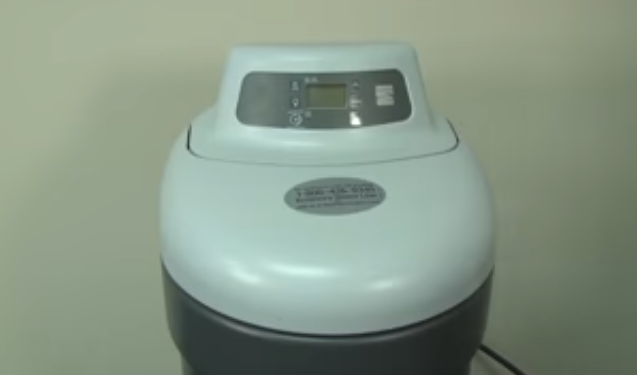
Credit: www.watersmartsystems.com
Frequently Asked Questions
Why Is My Kenmore Water Softener Not Using Salt?
Your water softener might not be using salt due to a clogged injector or brine line.
How Do I Reset My Kenmore Water Softener?
Press and hold the “Select” button for a few seconds until it resets.
What Does Error Code E1 Mean On Kenmore Water Softener?
Error code E1 indicates a motor or valve issue. Check connections and motor function.
How Often Should I Clean My Kenmore Water Softener?
Clean your water softener every six months to ensure optimal performance.
Why Is My Kenmore Water Softener Making Noise?
A noisy water softener could mean resin beads are stuck or there’s a mechanical issue. Check the unit.
Conclusion
Troubleshooting your Kenmore water softener can seem challenging at first. But with these tips, it becomes manageable. Regular maintenance helps keep your system in top shape. Always check the salt level and clean the brine tank. If problems persist, don’t hesitate to seek professional help.
A well-functioning water softener ensures clean, soft water for your home. Keep this guide handy for quick reference. Happy troubleshooting!

